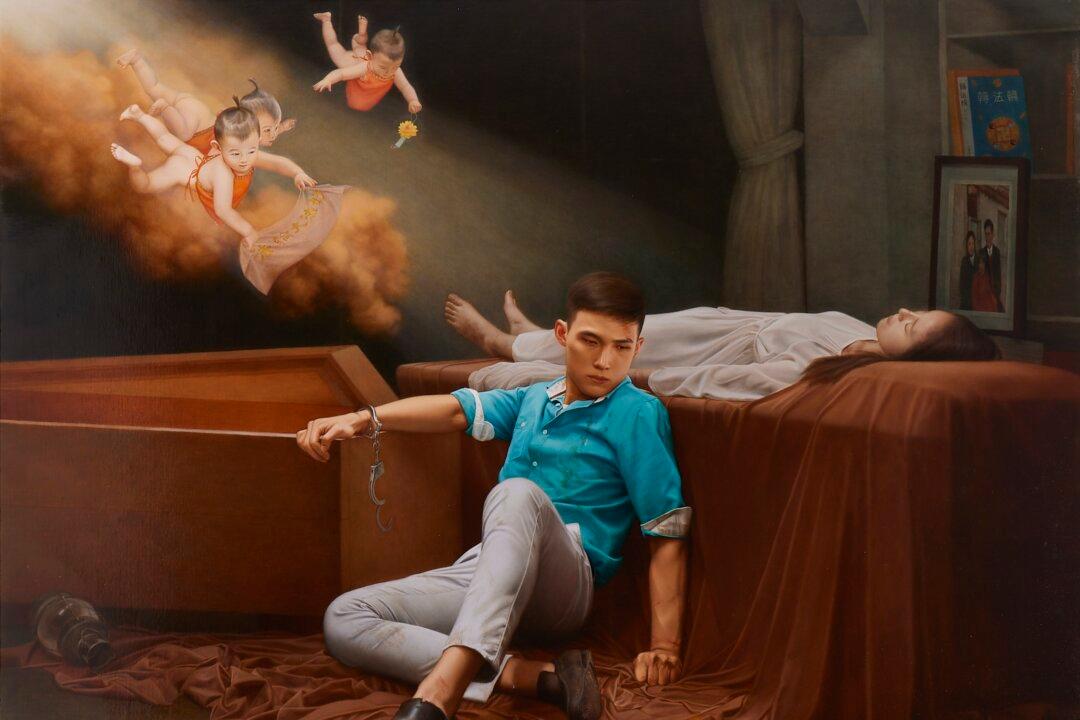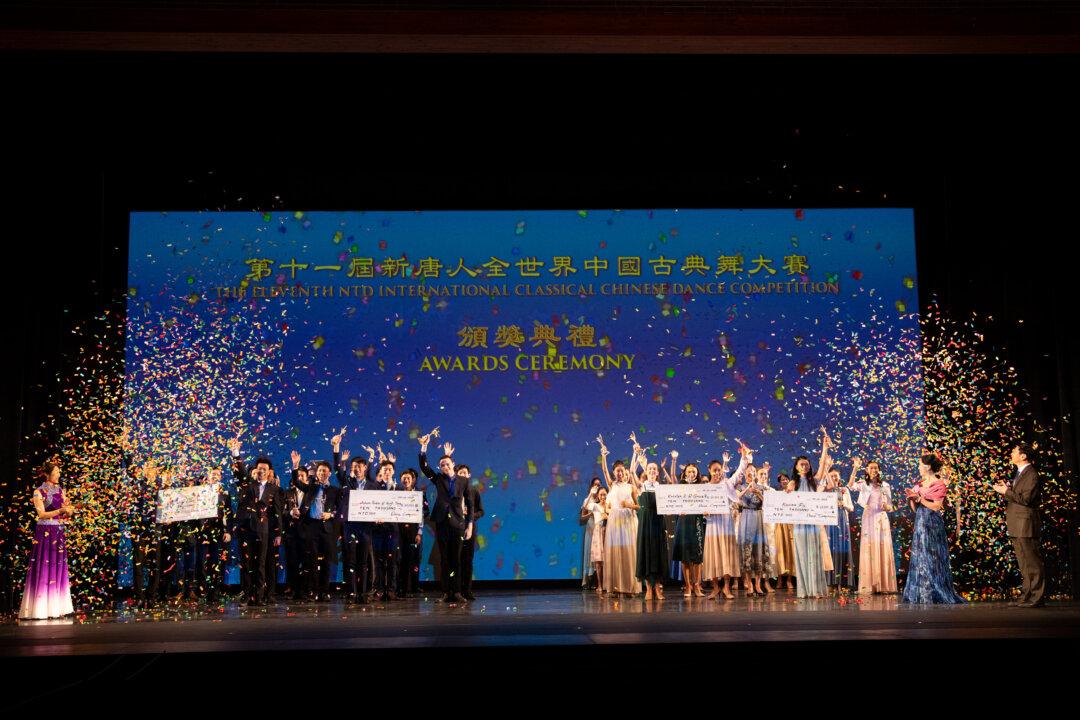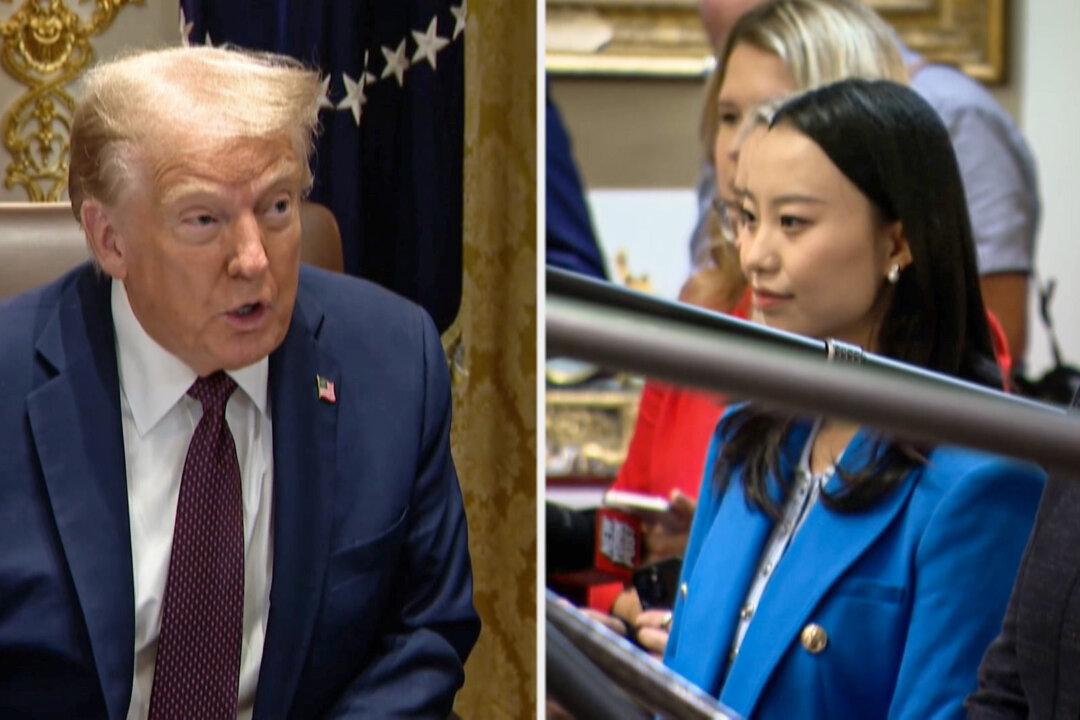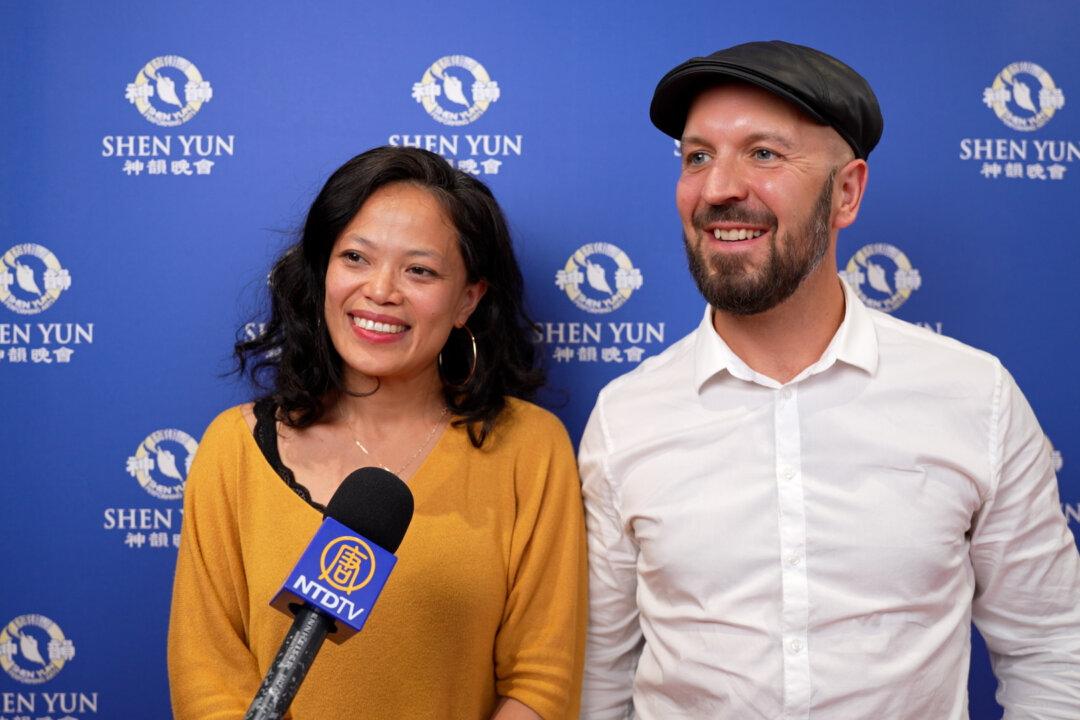When the neon lights of the city and the fast-paced culture of the internet blur into a clamor of haze, do we ever pause to hear the soft whispers between a brush and a canvas? Amid the rush of modern life, do we still feel moved by the serene beauty of true art?
Gaze of Reality, the Soul’s Unveiling
Since the Renaissance, realist oil painting—with its profound humanistic spirit and refined artistic precision—has stood as the pinnacle of Western art. It weaves the eye and the heart into every image, allowing truth to quietly emerge through layers of color. In front of such a painting, we are given a rare chance to face the world with sincerity, to rediscover a long-lost sense of tranquility.In a world overwhelmed by vanity and distraction, our awareness of our inner self is easily obscured. The true value of realist art lies not merely in its replication of detail, but in its power to awaken our innate longing for profound meaning and purpose. It takes courage to face reality—and through this, the soul finds its way back to wholeness.
This competition carves out a quiet sanctuary in the midst of a turbulent world—a spiritual haven where realist art returns to its essence of simplicity and sincerity. With undivided focus, artists let their thoughts drift deep, like oceans, as colors and lines flow through their brushes, and time and emotion quietly converge into poetry.
In the Midst of Chaos, Holding Fast to Clarity
However, the present-day art world is far from these ideals. Swept up in the tide of commercialization, art has increasingly become an appendage of material gain. Galleries and platforms are saturated with the ostentatious, the sensational, and the crowd-pleasing, while the true essence of beauty and depth of spirit are often obscured by superficial spectacle and fleeting gimmicks.Many works, in their effort to chase market trends, have unconsciously strayed from art’s original purpose: to cultivate character and inspire the human spirit. In this drift, artistic expression has begun to mutate, giving rise at times to the bizarre, even the perverse.
Meanwhile, the growing gap in traditional realist techniques is alarming. The rigorous discipline combined with a spiritually nurturing approach, once a flame passed hand to hand, now resembles a fading moon veiled by the encroaching clouds of modern art—its luminescence slowly growing dim. The extraordinary mastery of Europe’s past masters has long dissolved into the dust of ages, becoming a legend whispered from afar, perhaps forever beyond our grasp.
Buffeted by the torrents of fast culture and fractured knowing, today’s young artists seldom find the quietude needed to hone their skills and truly grasp the spiritual core of art. And so, the very bedrock of the art world trembles, unbound and uncertain.
Thus, it becomes clearer than ever that we must uphold the timeless traditions of art and the spirit of true craftsmanship. In this context, the NTD International Figure Painting Competition emerges as a pristine spring in today’s muddied artistic landscape. It is not only a return to tradition, but also a hope for the future.
Inheriting the Dao, Art Illuminates Virtue
As literature carries the Way, so too does art nurture the soul as an instrument of moral cultivation since ancient times. True beauty is like a clear stream or a deep well, cleansing the dust of the world and nourishing the people’s faith; like the morning bell and evening drum, it strikes the quiet depths of the heart.It is not merely an outpouring of emotion, but a purification of mind and spirit. It does more than invite admiration—it awakens self-reflection.
In times of old, painters cultivated the soul as they mastered the brush. From a heart made clear, vast and subtle realms would quietly unfold; through virtue held upright, their works shone with a radiant grace. To create was to refine the spirit—each stroke, each line, revealing the artist’s inner being.
This competition honors not only the brilliance of an artist’s skill, but also the quiet strength of self-discipline and the deep turning of moral reflection.
The artist must observe with a quiet heart, meeting the world in stillness. Only when the mind is cleansed of dust and the spirit made clear can true vitality be breathed into precise form and color—rendering works that remain true to their subjects while resonating with humanity and depth. The wonder of creation often lies beyond the brush: It is shaped in the wellspring of the heart, where meaning takes root. Beyond technique lies the tempering of the soul; beneath each hue, the glow of character. Only through the devoted cultivation of one’s inner being can art of lasting brilliance come to life.
Guided by this vision, the NTD International Figure Painting Competition reaffirms the ethical foundation of art: virtue as its highest aim, truth as its root, kindness as its core, and beauty as its ultimate realm. The artist holds the brush as one would hold the heart—guarding the Way with inner resolve, revealing virtue through every stroke. Thus, each painting becomes a vessel of conviction and a living echo of moral strength.
The origins of human art can often be traced to our ancestors’ deep reverence for the divine, for the cosmos, and the quest for the wellspring of the human spirit. Since ancient times, art was never a mere pastime, but a reflection of heavenly wisdom cast into the human world. Nurtured by divinely inspired culture, true art served as a bridge between the mortal and the divine—a union of spirit and skill.
Ancient painters sought the Dao with their hearts and conveyed truth through their brush, treating creation as a form of cultivation. They pursued not only mastery of craft, but harmony between soul and the sacred. Their works shimmer with the brilliance of wisdom and resonate with the quiet strength of faith.
The Legacy of Craft, Echoes of Civilization
Great art is never born from nothing—it draws life from the deep soil of human history and civilization. The rise of realist oil painting is inseparable from the vision and devotion of countless masters. Jan van Eyck, through innovation in technique and exquisite detail, laid the very foundation of the medium. Raphael, with his masterful composition, harmonious proportion, and refined elegance, became the exemplar of classical style. Titian, with his vibrant colors and emotional depth, elevated the art of color to its peak. One by one, these masters shaped the pillars of figurative oil painting—not only through their technical brilliance and unique styles, but by using their brushes to convey the solemnity of faith and the splendor of human civilization.These layers of history have laid a fertile ground and an endless source of inspiration for contemporary oil painting. Grounded in the heritage of classical technique and spirit, this competition calls upon today’s artists to return to the timeless classics, to inherit tradition with humility, to diligently refine their craft, and with sincere reverence, to uphold faith. From this wellspring, they may draw both creative inspiration and the moral strength to guide their work.
The height of realist art lies in its power to transcend surface appearances through delicate precision, reaching the profound human quest for ultimate truth. To uphold “pure truth, pure kindness, and pure beauty” as aesthetic ideals is, at the heart, to awaken the spiritual tradition deeply woven into our cultural veins. The legacy of art is more than the passing down of technique—it is the steadfast guardianship of a culture inspired by heaven and the enduring light of civilization.
Tradition remains immortal precisely because, amid an ever-changing world, its value can be continuously rediscovered by each new generation. The revival of realist art is not a mere replication of the past, but a rekindling of its timeless essence in the present.
Harmony of Form and Spirit, the Confluence of East and West
Realist oil painting, a cornerstone of Western art, employs delicate brushwork and rich color to faithfully render form while evoking a resonant spiritual vitality. This aligns perfectly with the Eastern cultural philosophy of “harmony of form and spirit.” Whether it is the Eastern aesthetic’s emphasis on expressive vitality and capturing the essence of being, or Western painting’s focus on precise modeling and the interplay of light and dark, both traditions reflect a shared human pursuit of aesthetic ideals.The wonder of realist art lies not merely in lifelike form, but in the revelation of spirit. In Chinese tradition, the union of “form and spirit” is both a cornerstone of technique and a reflection of the artist’s inner self. When the heart is clear, the figure breathes with vitality. A single brush of expression may reflect the artist’s vast inner world—echoing awe before nature, the cosmos, or the moral truths of life. In this quiet resonance, the painting stirs the soul without a word.
In an age of fleeting trends and a fading spiritual core, this competition restores to realist oil painting a long-lost sense of dignity and resolve. It is more than a contest of technique—it is a declaration of values: to uphold human dignity through the canvas, to reflect kindness through color, to let faith shine through confusion, and to plant the light of compassion deep in the heart.
Gathering artists from across the world, NTD uses realist figure painting as a bridge to the shared spiritual legacy of diverse civilizations—reverence for the divine, respect for the Way, the safeguarding of virtue, and the pursuit of beauty.
This spiritual essence is not merely a concept—it comes vividly to life in each work of art. Realist figure painting is far more than a replication of outward form; it is an echo of history and a reflection of the soul. In its quiet depth, it speaks across skin tones, eras, and borders, transmitting the painter’s inner world to the viewer’s heart without a single word.
The marvel of realism is reached only by those with a cultivated heart; its resonance, felt only by those whose virtues align. True art is never just a show of technique—it lies in its power to convey an unspoken yet unmistakable kindness, a majesty that illuminates the heart from within.
Building upon this foundation, everything—from the attire, posture, and spirit of each figure, to the atmosphere that surrounds them, the layering of colors and textures, the choice of materials, and the method of execution—embodies the artist’s understanding, refinement, and expression of cultural meaning. It is in this careful accumulation of detail that a single work becomes a mirror of its age. Every stroke upon the canvas carries the breath of a particular land, a distinct moment in time.
When we look back at oil paintings from centuries past, their serene hues and subtle textures seem to hold the warmth of heritage and the lingering fragrance of culture. Though a few contemporary works still display exquisite technique, it is rare to find that ancient simplicity and spiritual grace of the past.
Epilogue
In an age where haste is routine and noise clouds the heart, the NTD International Figure Painting Competition stands as a steadfast beacon in the night—guarding the dignity of art and the faith it carries. When standards blur and values break down, it upholds the ideals of “pure truth, pure kindness, and pure beauty,” urging artists to stay true to their original calling. It calls upon society to remember our shared longing for the true, the kind, and the beautiful—and to let these timeless ideals form a bridge from soul to soul, lit by the enduring light of art.It is under this spiritual guidance that the competition becomes more than a mere exchange of artistry—it is an awakening of thought and a return to cultural faith. When artists take up the brush with reverence, channeling awe for heaven, earth, and the divine into every stroke, their works naturally radiate dignity and purity, stirring a quiet solemnity in those who behold them.
As artistry and virtue intertwine, and form and spirit breathe as one, beauty transcends mere technique to become a sincere and lasting echo from the soul’s depths.
The NTD International Figure Painting Competition is not simply a stage for artists to showcase their talents; it is a vital opportunity to revive divinely inspired, orthodox art—a sanctuary safeguarding the enduring light of human civilization.







